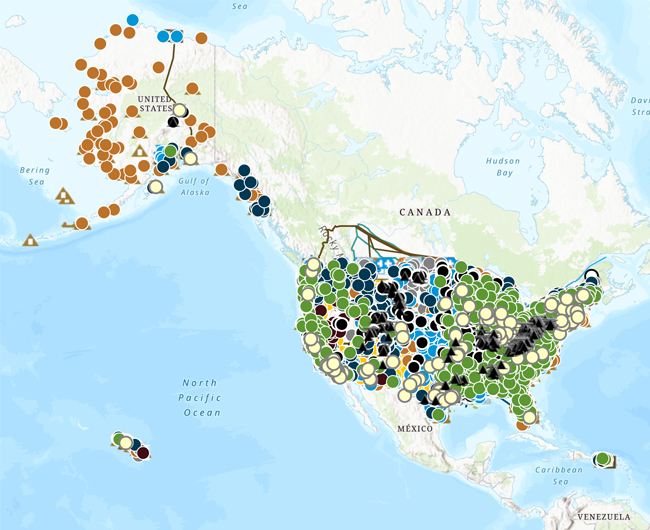Profile Overview
U.S Energy Atlas with total energy layers
 View the interactive map
View the interactive map Quick Facts
- In 2022, the commercial sector accounted for 36% of Guam's electricity use, the residential sector accounted for 32%, the U.S. military for 20%, and Guam’s government for 12%.
- Diesel fuel and residual fuel oil are the source of fuel for about four-fifths of GPA’s generating capacity and renewables account for the rest.
- About two-fifths of the petroleum sales in Guam are motor gasoline, almost two-fifths are diesel fuel, one-fifth is jet fuel, and propane accounts for most of the rest.
- Guam’s electricity prices, including surcharges to cover petroleum costs, are more than two times higher than the U.S. average residential electricity rate, although Guam’s power prices are typically the lowest among the nearby Pacific islands.
- Guam's renewable portfolio standard requires that 50% of the island's electricity sales come from renewables by 2035 and 100% by 2040. Guam's utility plans to procure 180 megawatts of new renewable generating capacity by 2027.
Last Updated: March 21, 2024
